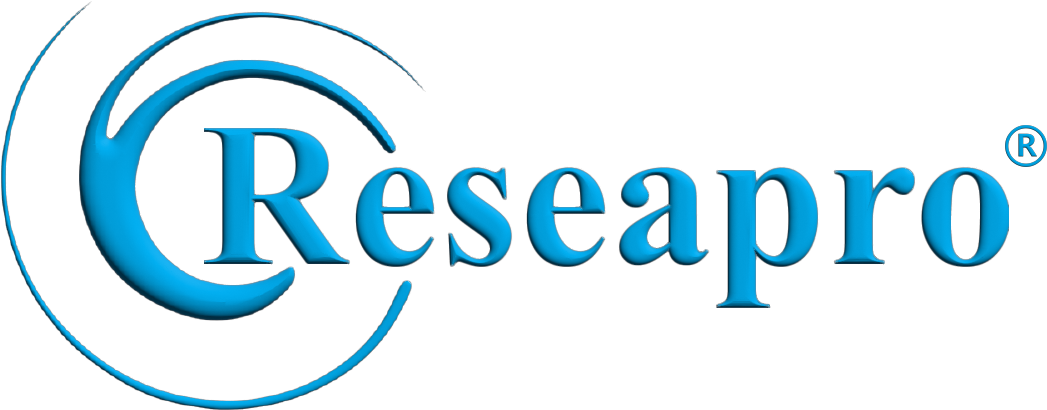Email is a very swift method of correspondence. Through an email one can send data or information across the world to multiple recipients in a few seconds, at a fraction of the cost of the courier or postal charges. This is a great advantage but can be a drawback too. As once the sent button is hit there can be no recalling of the information sent. Though some software is found which can retrieve a sent email but it is not popular and easily available.
An email can be seen and read simultaneously by many recipients, open to a more constructive criticism and feedback. Another disadvantage of emails is that due to their ease and simplicity, emails often tend to be associated with speech and casual language rather than formal script, which can lead to miscommunication.
When sending email as part of a professional communication, keep in mind these two points:
- An email message is a written text; therefore, it is bound by the conventions of writing. The audience and purpose should determine the relative formality of style and the amount of detail. Ease of transmission and deletion does not justify sloppy composition, wrongly spelt words and ungrammatical sentences. A very common complaint with business emails are that writers seem abrupt and disrespectful and seem written in haste.
- Email does not replace hard copy. Printed and signed documents are still considered more binding and formal than soft copy. Therefore, it is always better that even when you email a report for fast transmission, make sure to send a hard copy to formalize the communication. Firstly, it is still easier to lose documents in cyberspace. Secondly, there can be technical glitches’ with electronic communication, whereas print can fall back on the universality and reliability of paper.
The closest hard document to an email message is the memo. Email headers, for instance parallel memo headers, comprising From, To, Subject and Date. Therefore, construct an email message like a memo. This means you should:
- Begin with an opening address: This could be ‘Dear’ … … for more formal correspondence or ‘Hello … ‘ for less formal. You can omit an opening address if the message is one in a series of reply exchanges on a topic.
- Place your main message as close to beginning as possible: Give as much information possible in the first paragraph. All details must be given in following paragraphs.
- Write in full words and paragraphs.
- Never use uppercase to emphasize anything, its better to italicize the word.
- End the mail by clear stating the expected response by the person after reading the email.
- Sign your message with your name and affiliation and contact number.
Other points to be kept in mind while writing an official mail are keep short paragraphs while writing emails. Do not use headings, tables or formatted text in the body of the email. If there is large data then include those in attachments and not in the body of the email.
Use of email is appropriate in cases where even their deletion will not cause any problems. They can be used instead of letters in case of external communication and memos in case of internal communication. It is always better to get a hard copy for binding contracts or information that needs to be recorded.



